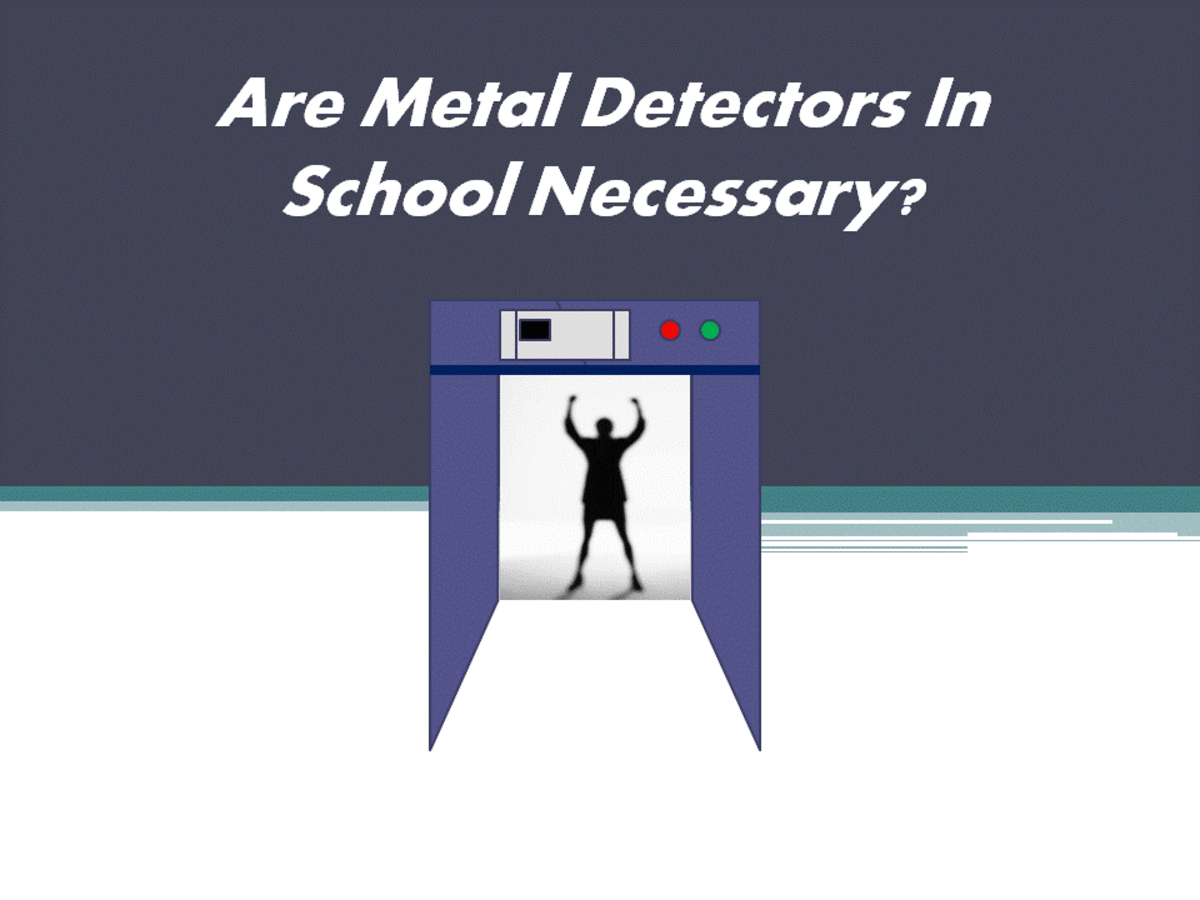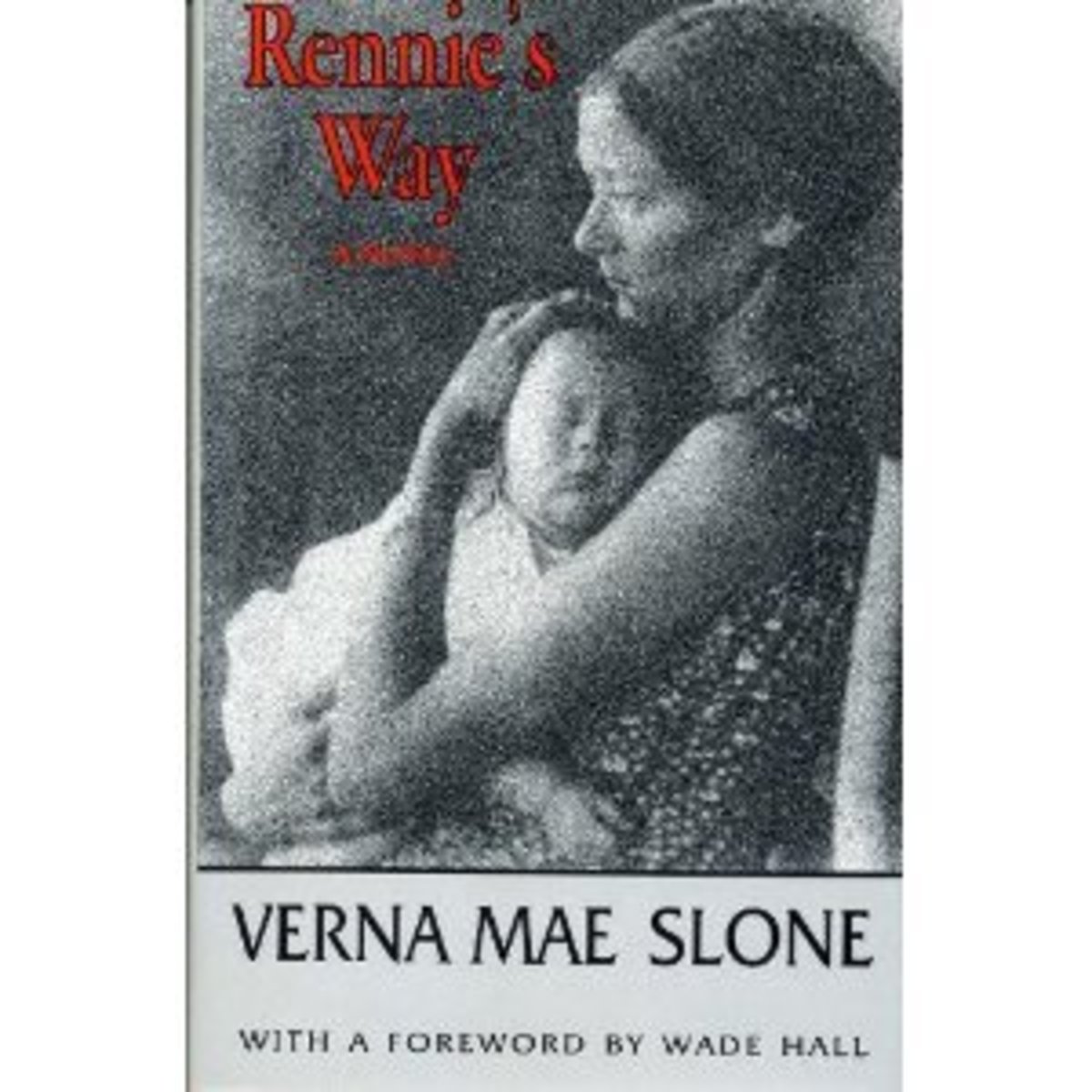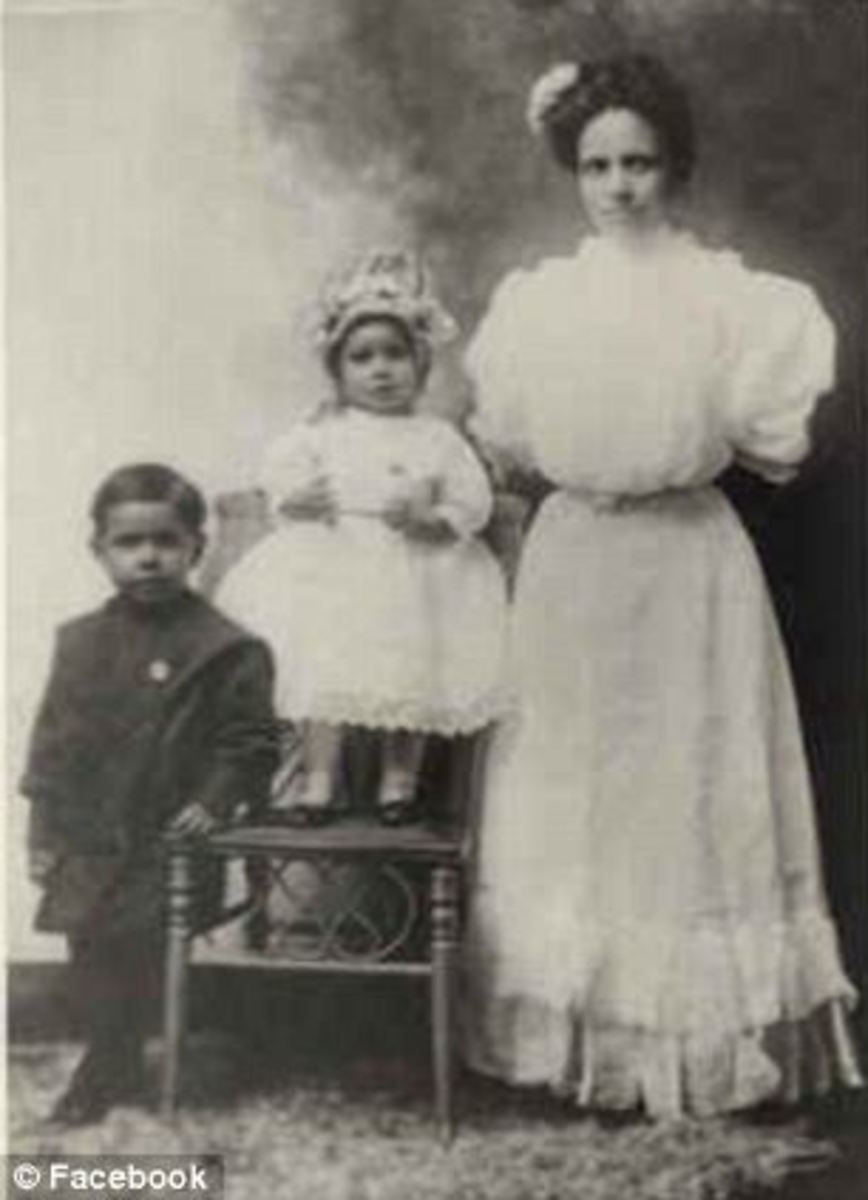Virginia Tech Shooting — A Case Study, Part 2
How the Virginia Tech Shootings Changed Security Measures on College Campuses
Immediately after the incident at Virginia Tech, administration became more “student centered” notes Geller (2008, p. 11) by focusing on how to approach students who returned to classes for the semester, and for those who did not. The college brought in counselors and volunteers who were available to help students during the first few days back at class.
Since the tragedy, Virginia judges that “rule on commitment now must identify the purpose of treatment and the source of case management. Court clerks are required to notify the state police when a special judge declares an individual to be mentally ill” (Stoil, 2007, paragraph 9). Unfortunately even with this measure Stoil notes that the reporting would not have prevented Sueng-Hui Cho from driving two hours away from in a nearby state that do not have similar laws (paragraph 9).
With so many “smart” devices and mobile forms of communication, some schools have taken to releasing information through texts and emails, which go directly, and quite literally, into the hands of the students. Virginia Tech now obtains several points of contact until a confirmation has been received that the recipient has received the message (Bithell, 2008, paragraph 14).
In addition to using technology more, the Virginia Campus has made great changes to the VTPD, including the “addition of a deputy chief, a sergeant, an investigator, and six officers, plus two administrative positions” (Bithell, paragraph 11).
The college has also been equipped with classrooms that can lock from the inside, keeping students safe inside the classroom (Bithell, paragraph 16) and has installed a siren system encouraging students to “shelter, shut and seek” when engaged (Bithell, paragraph 15).
While “what it means to be safe in an open campus differs from institution to another” notes Chigani, Balci, Barkhi (2011, p. 3), a report from the Arkansas Safe Campus Task Force (2010), noted that the incident at Virginia Tech has helped other institutes to look at their own safety precautions and procedures ([ASCTF], p. 4). Even the International Association of Campus Law Enforcement Administration ([IACLEA], 2008) compiled a report on their findings of the Virginia Tech shootings and made suggestions as how to avoid such a tragedy in the future.
For example, the IACLEA suggested that colleges and universities ensure that their message system such as a phone relay was accessible from both on and off campus, and that sufficient personal, such as campus officers, had access to dispatch correct and timely information to the students and staff (IACLEA, p. 5). The IACLEA also suggested ensuring that campus security has first responder or EMT-like training which would allow security to promptly handle emergency care situations (IACLEA, p. 6). The ASCTF warns about ensuring the campus administration has current contact information for students, and suggests that the information be “keep current on least an annual basis” (ASCTF, p. 9). Mastrodicasa (2008) warns that using emails may be too outdated, since it relies on the students checking their emails; social networking or text messages are more likely to get read quicker (p. 43).
Books on Virginia Tech Shooting
With regarding to using technology for security, in one week Penn Sate had 6,200 people sign up for a voluntary text messaging system that would allow students to receive messages on security issues (Mastrodicasa p. 44). Other universities, such as St. John’s Universities in Queens, New York and the University of Colorado at Boulder have also successfully used similar programs on their campus during emergency situations (Mastrodicasa, p. 45).
Truly, better security measures could have been in place on the campus, and the administration may have needed to pay better head to student and faculty complaints, however Cho ultimately made the decision to go on the rampage himself. This tragic incident has allowed campuses everywhere to not only evaluate their own security issues, but also evaluate the care of the student and how even disturbed students such as Sueng-Hui Cho need an advocate.
REFERENCES
Arkansas Safe Campus Task Force. (2010) 2010 Best practices and recommendations: an all-hazards approach to campus safety planning and operations.
Bithell, S. (Spring 2008). A year later: remembrance and resilience. VirginiaTech Magazine. Chigani, A., Balci, O., & Barkhi, R. (2011) Decision support for campus emergency response management.
Geller, E. S. (2008, March). The tragic shootings at Virginia tech: personal perspectives, prospects and preventative potentials. Traumatology. 14 (1) 8-20.
International Association of Campus Law Enforcement Administration. Overview of the Virginia tech tragedies and implications for campus safety: the IACLEA blueprint for safer campuses. (2008)
Mastrodicasa, J. (2008). Technology use in campus crisis. New Directions for Student Services, (124), 37-53. doi:10.1002/ss.294
Stoil, M. (2007, December) "Virginia tech's implications: real policy change will remain elusive, just as it has for the past 20 years.” Behavioral Healthcare. (27)12
Virginia Tech Review Panel. (2007) Mass Shootings at Virginia Tech. Retrieved from http://www.washingtonpost.com/wp-srv/metro/documents/vatechreport.pdf









